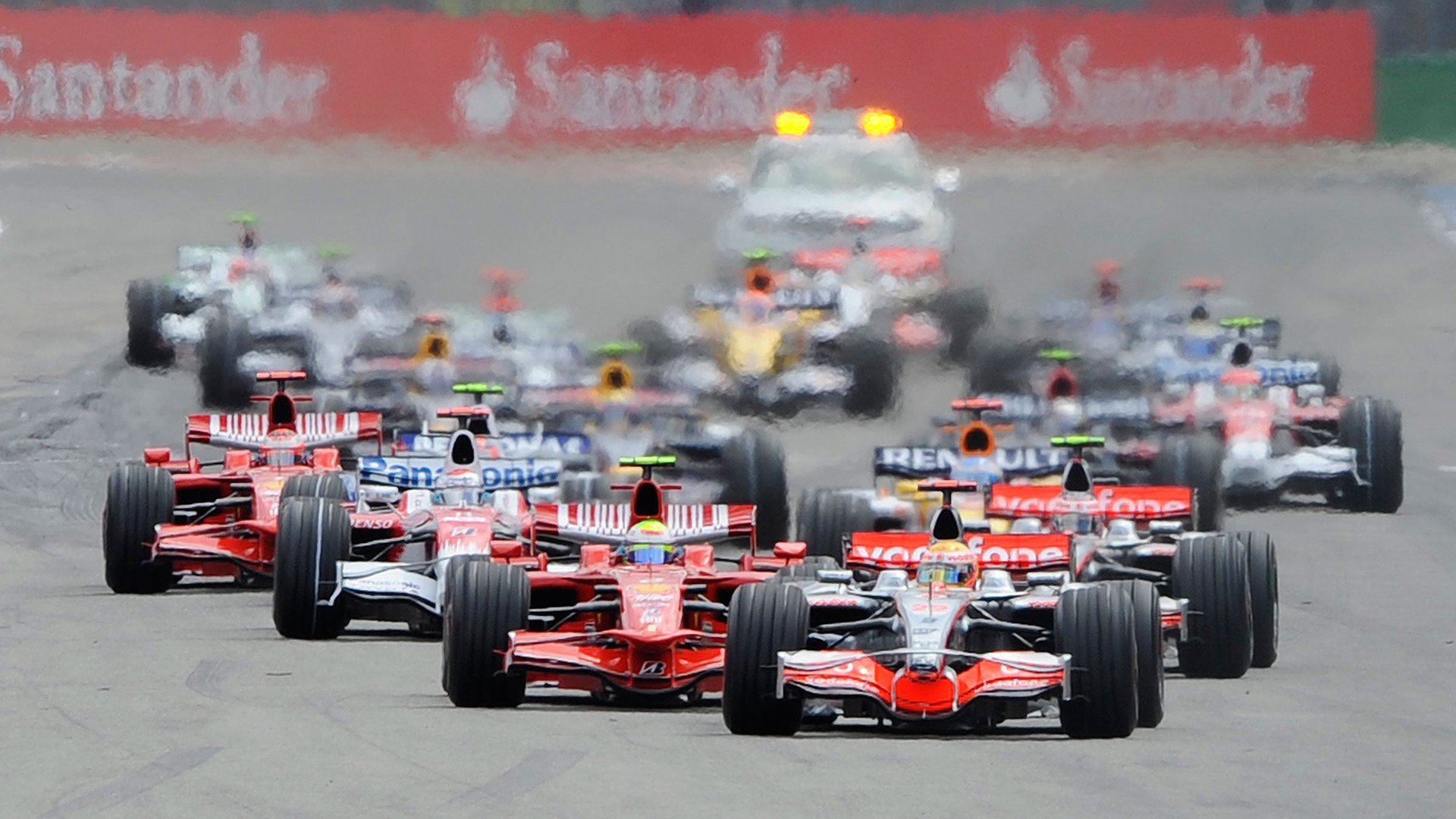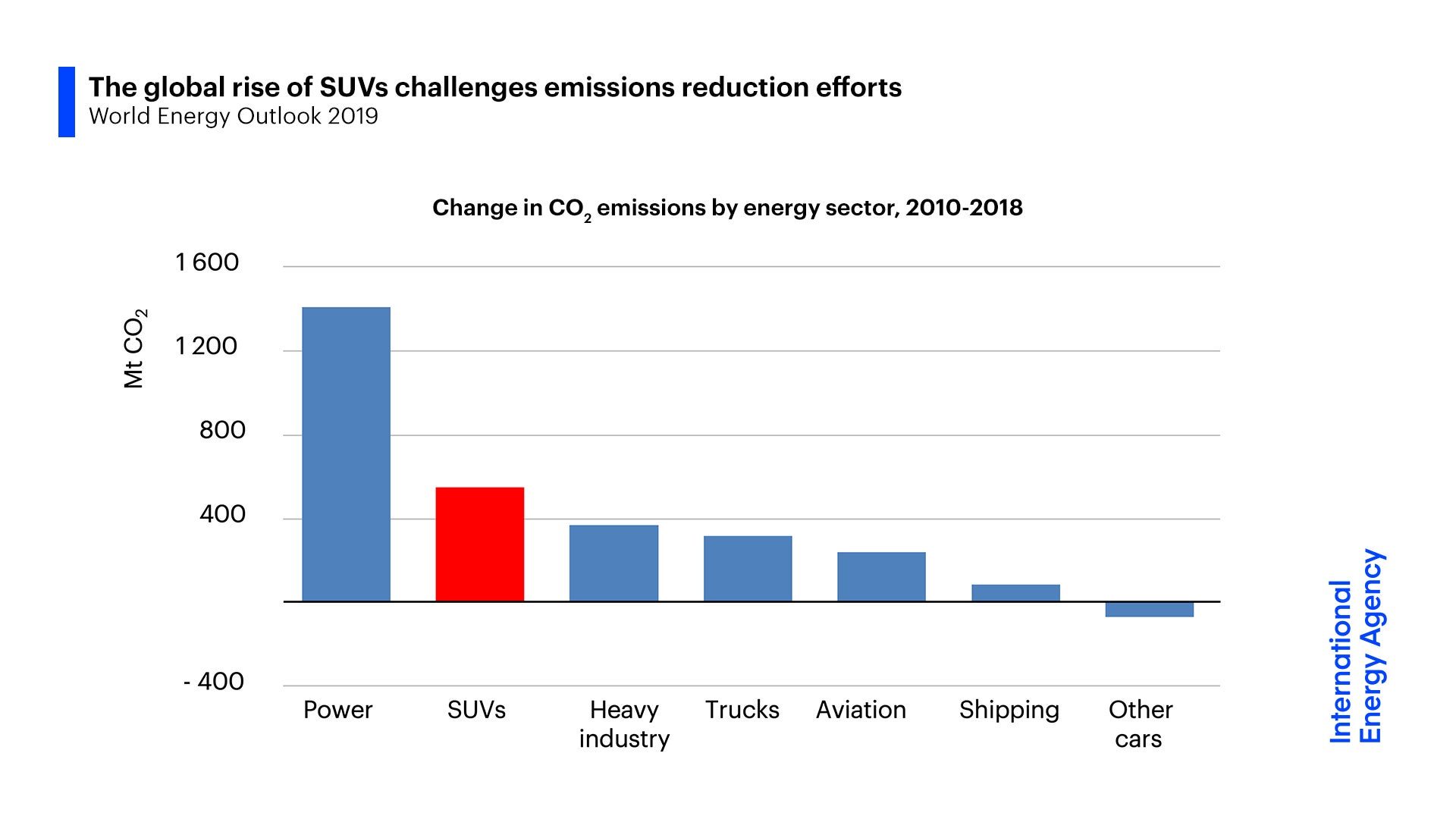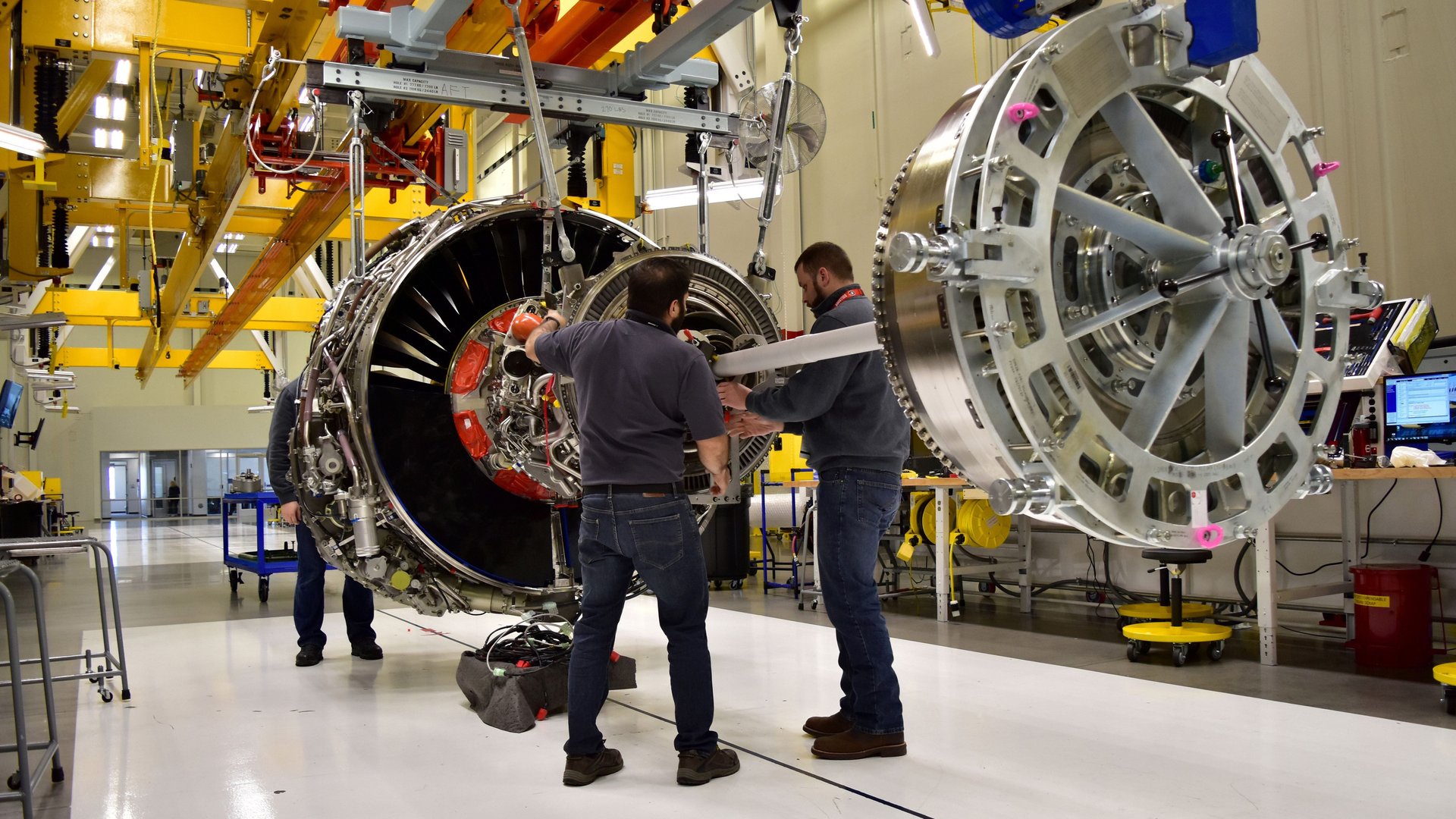The Race to Zero Emissions: net-zero F1, boomer car owners, jet-engine limits
Here’s what happened over the past week that helped or harmed the world’s chances of cutting greenhouse-gas emissions to zero.

Here’s what happened over the past week that helped or harmed the world’s chances of cutting greenhouse-gas emissions to zero.

Decreases emissions
1️⃣ The European Investment Bank, one of the world’s largest multilateral development banks, will stop funding fossil-fuel projects after 2021. It will still allow applications for fossil-fuel projects that include carbon capture.
2️⃣ “In Chicago, the city’s transit agency estimates that its two electric buses save the city nearly $110,000 a year in health care expenses due to less air pollution from diesel buses. The buses are also saving the city more than $24,000 annually in fuel costs and $30,000 annually in maintenance costs,” according to InsideClimate News.
3️⃣ Tesla will spend $4.4 billion to build a European gigafactory outside Berlin, where it will make batteries and electric cars. Because of Brexit uncertainty, the company didn’t even consider building in the UK.
4️⃣ Even as it courts investors for its initial public offering, Saudi Aramco, the world’s largest oil company, is acknowledging that oil demand could peak as soon as 2040.
5️⃣ Formula 1 says it will become carbon neutral by 2030. It’ll mostly achieve that goal by planting trees to offset emissions from logistics, travel, facilities, and events.
SUV shame

If we look at the numbers alone, “SUV shame” should be a bigger phenomenon than “flight shame.” According to the International Energy Agency, an increase in the sale and use of SUVs between 2010 and 2018 contributed an additional 500 million metric tons of carbon dioxide emissions—a number much higher than the increased emissions from the aviation sector in the same period.
Net-zero (for now)
1️⃣ Climate change is already hurting people’s health. According to a new study, the young are being exposed to more pathogens and the old are facing more heatwaves.
2️⃣ A new study found the Association of American Railroads to be one of the most active organizations pushing climate denial in the US. About 16% of rail revenue comes from transporting coal.
3️⃣ Sweden’s central bank dumped bonds issued by local authorities in Canada and Australia, which have high carbon footprints. The targets: the province of Alberta (where tar sands are extracted) and the states of Queensland and Western Australia (where coal mines operate, among other carbon-intensive industries).
4️⃣ The world’s first $100 billion utility—NextEra Energy—owes its success to wind power.
5️⃣ Majority of new vehicle buyers in the US are older than 54, possibly explaining the recent slowdown in car sales.
Uncounted toxic particles ❉
We’ve all heard about PM2.5 and PM10—particles with diameters many times smaller than human hair—that are created when fossil fuels burn in cars and power plants. Air pollution connected to these particles kill millions of people around the world each year. There are, however, even smaller toxic air pollution particles called nanoparticles. But we neither count them today and nor know how much worse they might be for our health, according to this investigation by the BBC.

🔼 Increases emissions
1️⃣ Jet engines may be reaching their fuel-efficiency limits. That’s bad news in a world that will continue to see strong growth in the aviation sector.
2️⃣ Australia‘s wildfires continue to burn, while its government continues to ignore climate change.
3️⃣ The International Energy Agency‘s World Energy Outlook for 2019 is out. It shows that renewable energy deployment continues to grow, but so do global emissions.
4️⃣ “In December, US consumers will return more than 1 million packages to e-commerce retailers each day,” per Bloomberg.
5️⃣ Methane emissions from coal mining might be have the same greenhouse-gas impact as emissions from shipping and aviation combined.
Stats to remember
As of Nov. 15, the concentration of carbon dioxide in the atmosphere was 410.68 ppm. A year ago, the level was 409.14 ppm.
If you’d like to support my work, you can subscribe to Quartz using the promo code AKSHAT8487 at checkout. You’ll get 50% off Quartz’s membership. Have a great week ahead. Please send feedback and tips to [email protected].